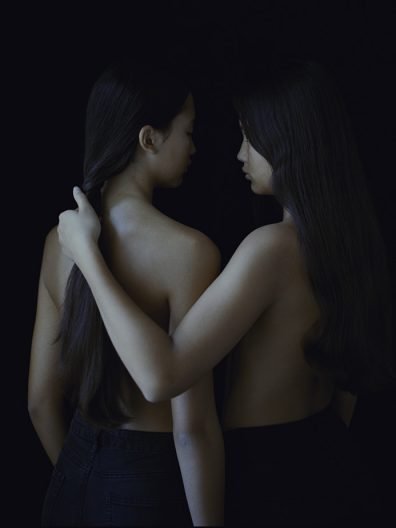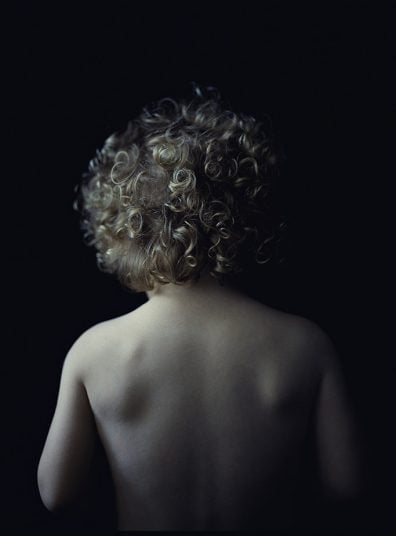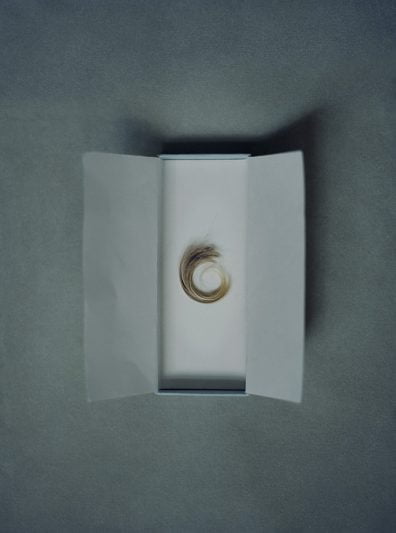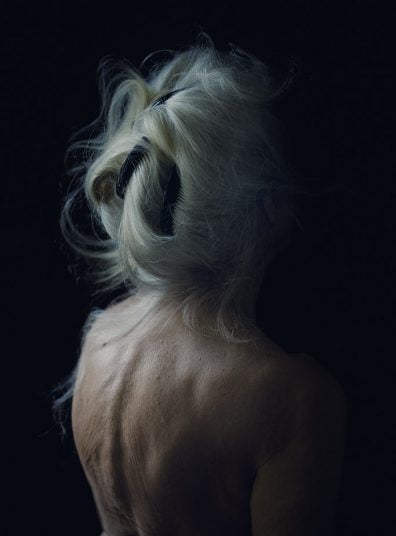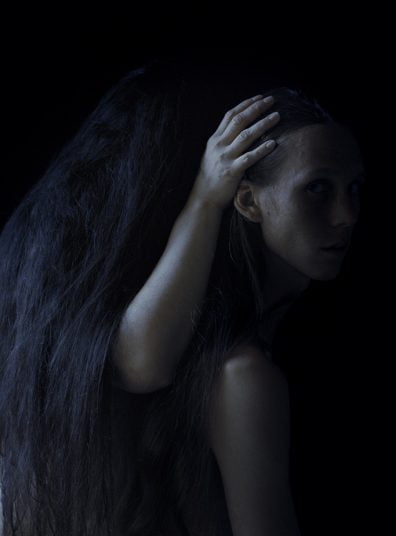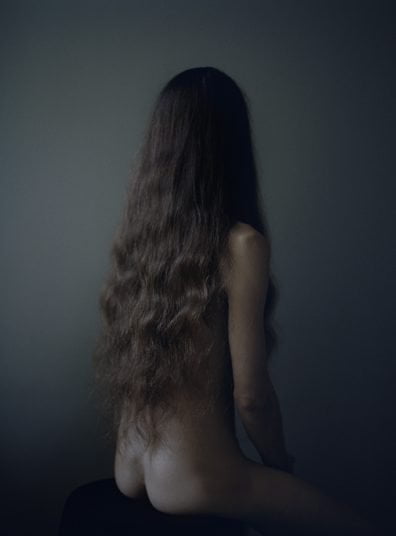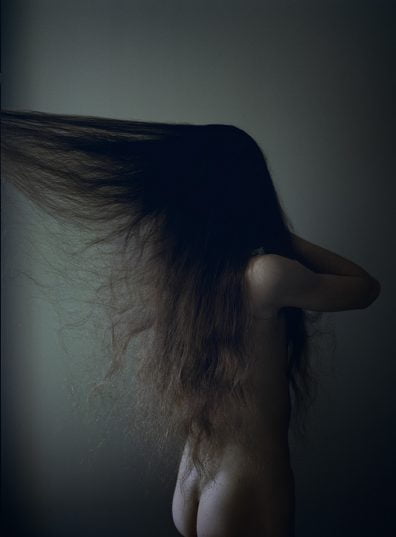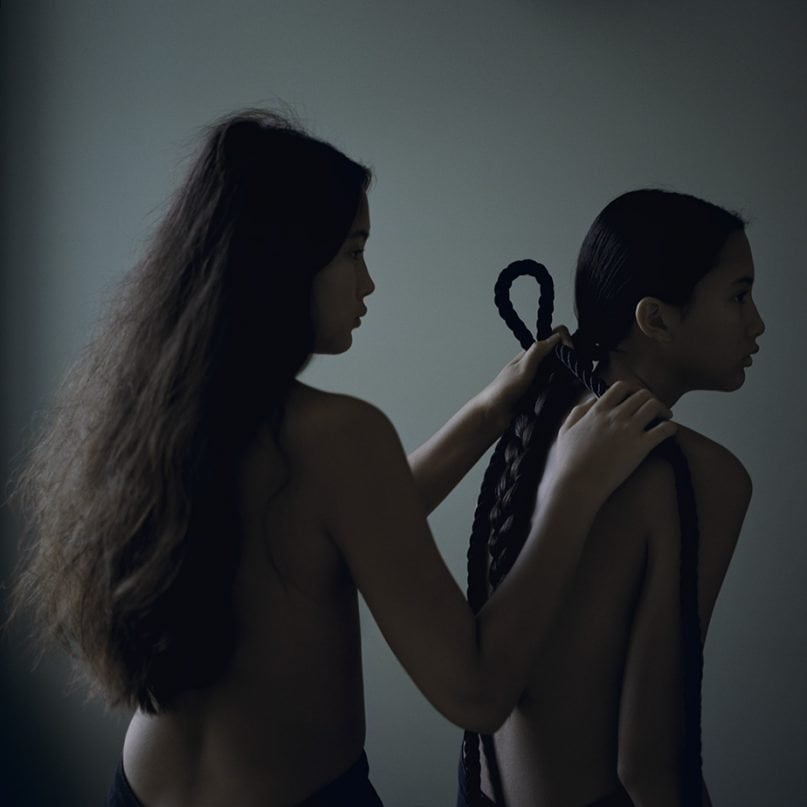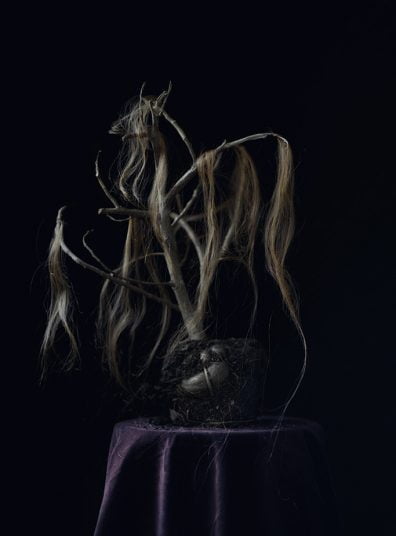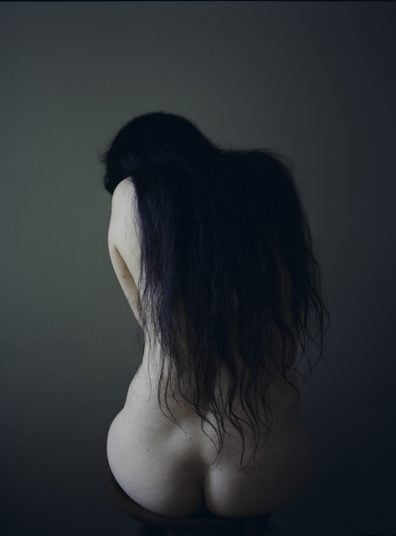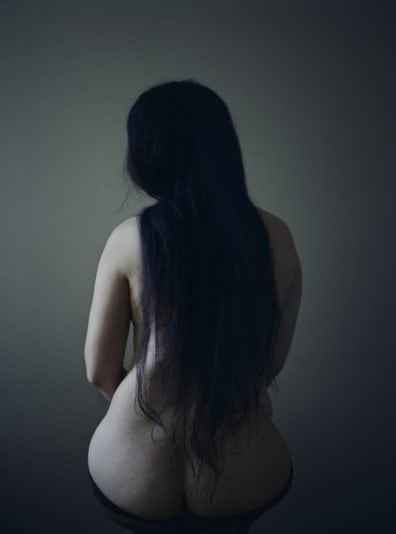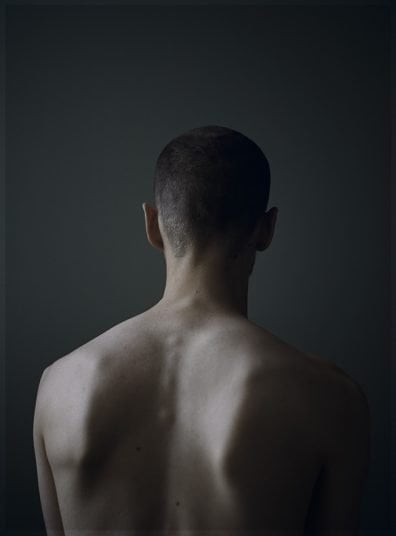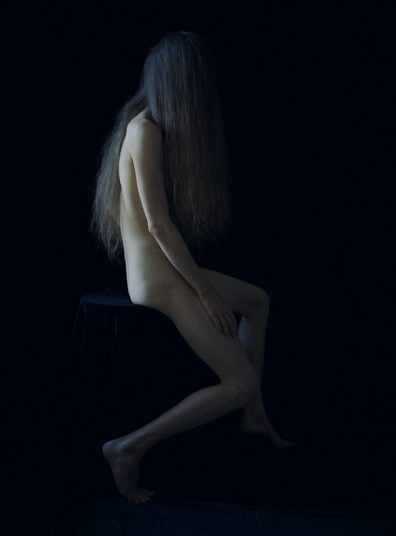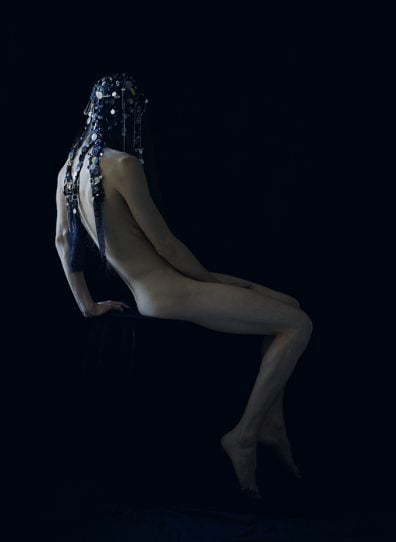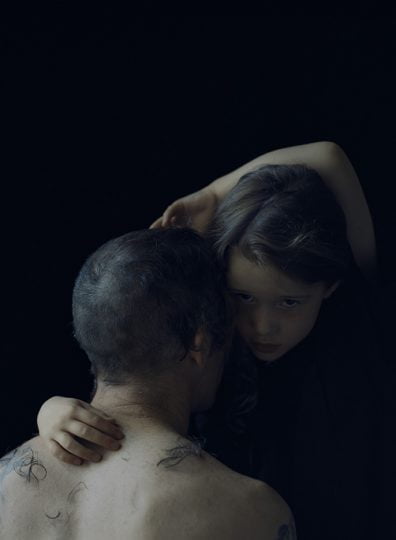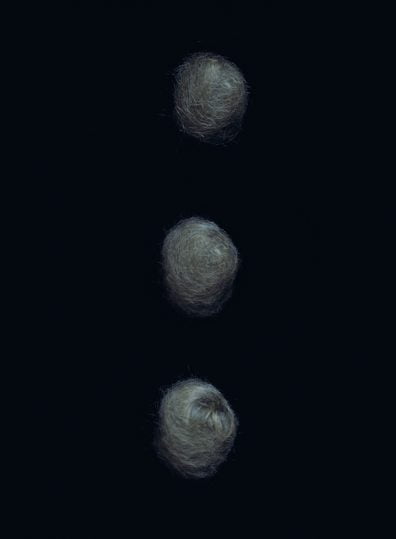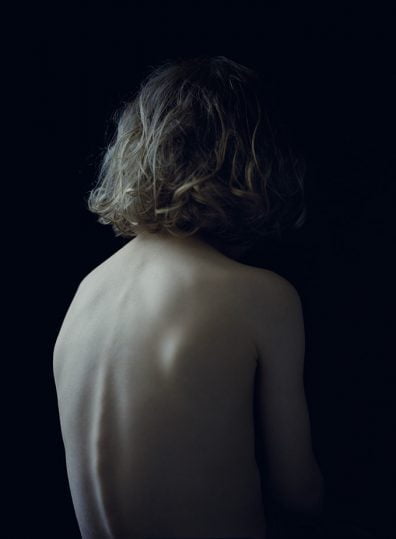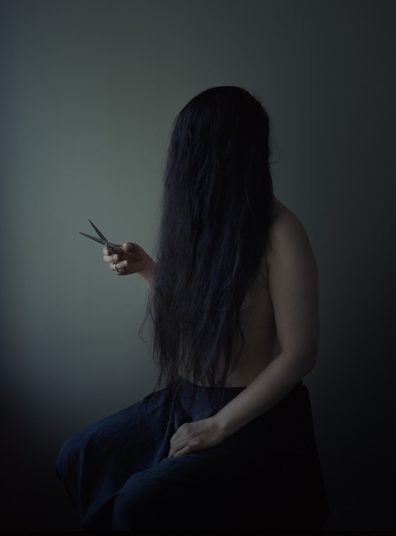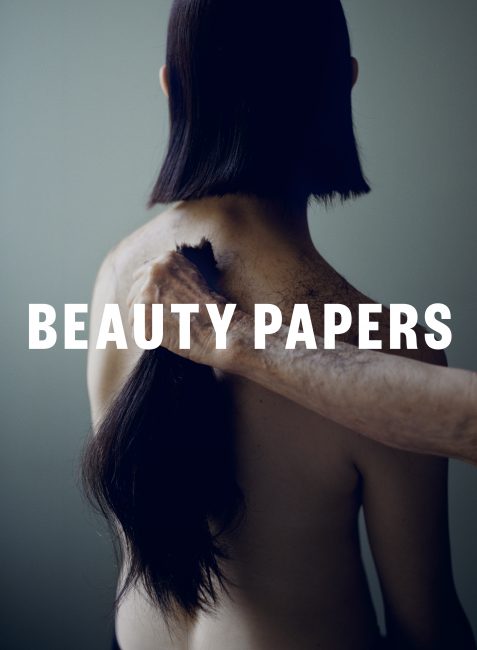
The Ceremony of Hair
A personal collaboration with photographer Julia Hetta for Beauty Papers
The role of hair in rituals and ceremonies has always fascinated me, because although the different customs can vary wildly, the symbolic importance of hair across the world and throughout history is constant.
From the moment we are born, our hair becomes both an expression of our own particular cultural heritage, and at the same time, part of the greater story of humanity and what it means to live and die.
Birth
In Southeast Asian cultures, particularly Thai Buddhism, the hair of a newborn is called ‘fire hair’ and is shaved off, except for a small tuft at the crown, called a shikha, at the end of the first month of life. This hair is then set afloat on a banana leaf, signifying freedom from the past.
Hindus believe that an infant’s hair retains traces of past lives, so, as an act of purification, the Mundan head shaving sacrament is performed between the ages of one and three years. Again, the crown is left uncut, and the rest of the hair is offered symbolically to the Ganges river.
In some Muslim communities, after the head shaving ritual, the weight of the child’s hair is matched in gold or silver and given to charity.
For nomadic Mongolians, just surviving infancy means a huge celebration, with each guest cutting one strand from the head of the infant, before finally the head is shaved clean. The cut hair is often sewn into a silky ceremonial cloth.
Orthodox Judaism holds that a boy’s hair must not be cut until his 3rd Hebrew birthday, when formal education can begin, this stems from the belief that you shouldn’t harvest the fruits of a tree for the first 3 years after planting.
Life
Hair makes symbolic appearances in other milestone rituals, such as reaching puberty. Navajo girls have their hair washed with yucca soap before it is top-knotted elaborately with deerskin strings, and a series of ceremonies mark her passage into womanhood.
There are Amazonian tribes where, amongst other tests of endurance,
the hair of young females is pulled from their head in preparation for adulthood.
Conversely, in Ninuean culture, it is the young males who never cut their hair before reaching teenage, whereupon the glorious mane which results is lovingly brushed and tended by female relatives before being cut off.
Japanese culture is full of incredibly codified rituals involving hair, where the observance of traditional rites is as important as the styles themselves.
When an honoured sumo wrestler reaches retirement, his top knot or ‘chonmage’ is chopped off piece by piece by former trainers and opponents.
In ancient China, adolescents took part in a strictly observed hair combing ceremony which signalled that they were ready for marriage. Elements of this tradition survive today, notably as part of wedding preparations. Performed by ‘a woman of good fortune’ the ritual culminates in cypress leaves being pinned into the bride-to-be’s hair.
Wedding hair, of course, is a source of elaborate ceremonial and symbolic preparation in almost every society on Earth. One of the most fascinating for me is the traditional red Zulu headdress, a broad, woven, basket shaped affair, which used to be made from the bride’s mother’s hair.
Some Hasidic women shave their hair after marriage. Since showing one’s own hair is considered immodest, many choose to cover their heads with a wig, known as a ‘sheitel’. Increasingly, the source of the wigs was human hair from India. At least, that is, until 2004, when rabbis deemed this unacceptable. There then followed a mass bonfire of wigs in Williamsburg, quite a spectacle I’m sure.
Hair coverings, found in hundreds of different societies for myriad reasons, provide one of the most fertile grounds for human creativity and expression. I particularly love the headdresses of the Bedouin and Tuareg people, elaborately adorned with coins and discs and symbols, at once a display of modesty and ostentation. Or the amazing headpieces of the Surma and Mursi tribes of Kenya and Sudan, lovingly and playfully made from leaves, bark , moss, fruit and whatever else comes to hand.
Death
Our species’ symbolic use of hair even extends to death. Many warrior cultures would take the hair of the vanquished as a macabre trophy.
Of course, one of the most common mementos of a loved one can be a lock of hair, kept in jewellery, or some similar place. Years later these keepsakes become deeply imbued with meaning for us. In some societies the hair of the departed would be woven into a statuette or other likeness, as with the Chippewa who would make a doll with the hair from a child who had died.
Those who have been bereaved are often expected to observe some form of etiquette involving either covering their hair, or, in some cases, cutting their hair off as a sign of respect. Or, in parts of Ethiopia, literally tearing your hair out in grief. One of the most visually arresting manifestations I’ve come across is the tradition, in Maori and Polynesian societies, of widows cutting off the front half of their hair and hanging the tresses from the branches of trees in sacred places.
Indeed, many cultures believe that hair carries something of the essence of the person it belonged to, meaning, it could be used as a charm, for both good or evil purposes. Therefore, before professional hairdressing became common, it was essential that you have complete trust in the person you chose to do your hair, you wouldn’t want the discarded locks ending up in the wrong hands.
So, for me, it’s really fascinating that so many seemingly disparate groups and practices are actually united in the importance they place on hair and ceremony. Sometimes it’s important to look beyond modern preoccupations with style or trends, to remember that these acts of social grooming and exhibition are really part of the rich tapestry of human experience, and that maybe there are more things that connect us than divide us.
Words – Rudi Lewis
Model August Rehnberg Magazine Beauty Papers Model Benjamin Black, Eva J Photographer Julia Hetta Model Lark Nova, Otis Finch, Pauline Hair Rudi Lewis Model Sander Hetta
